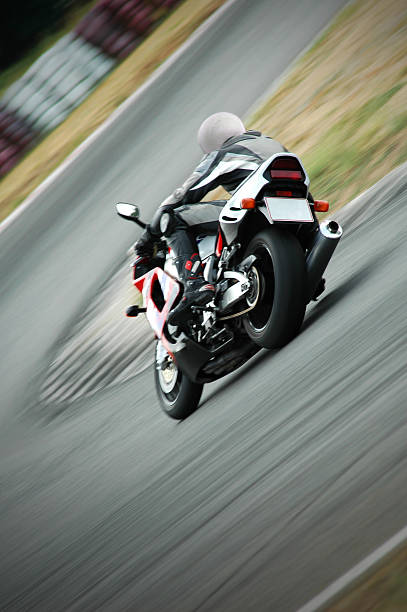Injury Prevention and Rehabilitation in Motorcycle Racing
Motorcycle racing is a thrilling and adrenaline-pumping sport that captivates both participants and spectators alike. However, the high-speed nature of the sport also comes with inherent risks that can lead to serious injuries. In this article, we will delve into the world of injury prevention and rehabilitation in motorcycle racing, exploring the strategies and techniques that riders and teams employ to stay safe on the track and recover from injuries effectively.
Understanding the Risks
Motorcycle racing involves high speeds, sharp turns, and close proximity to other riders, creating an environment where accidents and injuries are not uncommon. Common injuries include fractures, dislocations, sprains, strains, and abrasions, with more severe cases involving traumatic brain injuries and spinal cord injuries. Understanding these risks is essential for developing effective strategies to prevent and manage injuries.

Injury Prevention Strategies
- Protective Gear: Riders wear a comprehensive set of protective gear, including leather suits, helmets, gloves, boots, and armor. These items provide a vital layer of protection against impact and abrasion, reducing the risk of serious injuries.
- Training and Skill Development: Proper training is crucial for motorcycle racers. Learning advanced riding techniques, proper body positioning, and cornering skills can significantly reduce the likelihood of accidents.
- Fitness and Conditioning: Riders must maintain a high level of physical fitness to handle the physical demands of racing. Cardiovascular conditioning, strength training, and flexibility exercises all contribute to enhanced performance and injury prevention.
- Track Safety Measures: Racetracks implement safety measures such as run-off areas, barriers, and gravel traps to mitigate the impact of crashes and reduce the severity of injuries.
- Bike Maintenance: Well-maintained motorcycles are less likely to malfunction on the track, preventing accidents caused by mechanical failures.
Injury Rehabilitation Strategies
- Early Diagnosis and Treatment: In the event of an injury, prompt medical evaluation is essential. Early diagnosis and treatment increase the chances of a full recovery and prevent the development of complications.
- Multidisciplinary Approach: Rehabilitation often involves a team of professionals, including orthopedic surgeons, physical therapists, sports psychologists, and nutritionists. This multidisciplinary approach addresses various aspects of recovery.
- Individualized Rehabilitation Programs: Each rider’s injury is unique, requiring tailored rehabilitation programs that consider the type and severity of the injury, as well as the rider’s overall health and goals.
- Progressive Training: Rehabilitation involves a gradual progression of exercises and activities to rebuild strength, flexibility, and coordination. Pushing too hard too soon can lead to setbacks, while a gradual approach promotes a more sustainable recovery.
- Mental and Emotional Support: Motorcycle racing is not only physically demanding but mentally taxing as well. Injuries can take a toll on a rider’s confidence and mental well-being. Providing psychological support and counseling is crucial to ensure a holistic recovery.
Conclusion
In the exhilarating world of motorcycle racing, the pursuit of speed and victory must be balanced with a strong commitment to safety. Injury prevention strategies such as protective gear, training, and proper track safety measures work hand in hand with comprehensive rehabilitation approaches to ensure that riders can recover and return to the sport they love. By understanding the risks, respecting safety protocols, and investing in both preventive measures and rehabilitation efforts, motorcycle racing can continue to captivate audiences while prioritizing the well-being of its athletes.